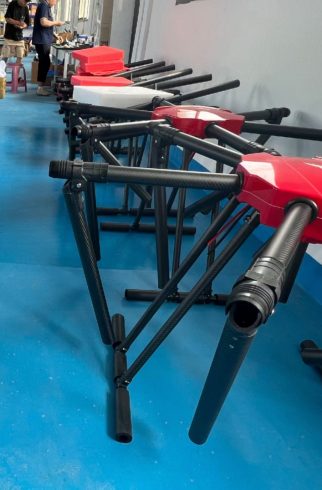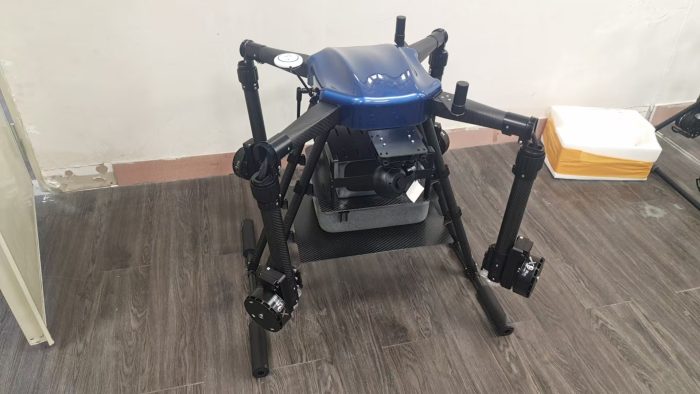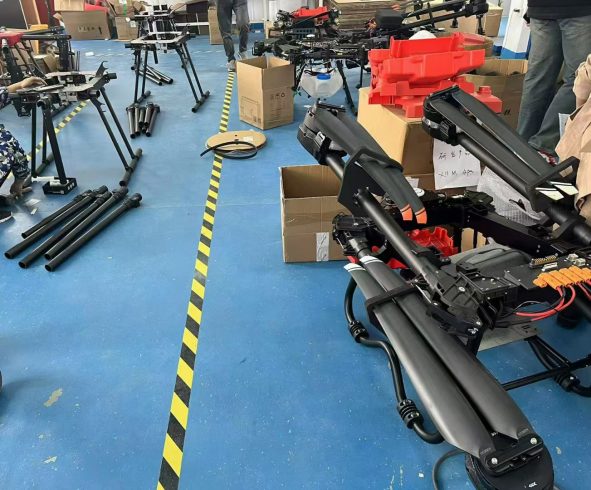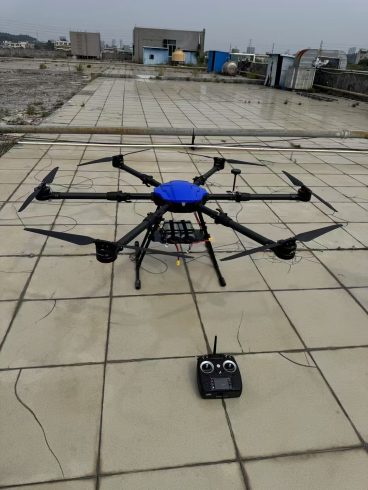![图片[1]-Spraying Drones for Palm Oil Farms: Precision Meets Sustainability-msoen](https://www.msoen.com/wp-content/uploads/2025/04/2caef68db4184641-768x1024.jpg)
Palm oil, a cornerstone of global agriculture, faces mounting challenges—from labor shortages and environmental scrutiny to pest outbreaks and rugged terrain. Traditional spraying methods, reliant on manual labor or heavy machinery, struggle to keep pace with these demands. Enter spraying drones: agile, data-driven tools revolutionizing palm oil farming by merging precision application with eco-conscious practices. This article explores how drones are reshaping plantation management, boosting yields, and supporting sustainable certification goals.
Challenges in Palm Oil Farming
Palm oil plantations present unique hurdles that drone sprayers are uniquely equipped to address:
- Tall Canopy Structures: Mature oil palms reach heights of 10–20 meters, making ground-based spraying ineffective for upper fronds.
- Rugged Terrain: Plantations often span hills, swamps, or peatlands, limiting tractor access.
- Pest and Disease Pressure: Bagworms, Ganoderma fungus, and Oryctes beetles require frequent, targeted interventions.
- Labor Costs: Manual spraying in humid, tropical conditions is expensive and hazardous.
- Environmental Regulations: Pressure to reduce deforestation and chemical runoff demands precision.
How Drone Sprayers Transform Palm Oil Farming
- Vertical Spray Penetration
- Adjustable Altitude & Nozzles: Drones ascend to 15+ meters, directing sprays downward to coat upper and lower fronds evenly.
- Multi-Directional Spraying: Angled nozzles target the underside of leaves where pests like Coelaenomenodera elaeidis (leaf miner) thrive.
- AI-Driven Pest Detection
- Multispectral & Thermal Imaging: Identifies early signs of Ganoderma (basal stem rot) through chlorophyll degradation or heat signatures.
- Machine Learning Models: Trained to recognize pest hotspots, triggering localized sprays and reducing chemical use by 30–50%.
- Terrain Adaptability
- Swamp Navigation: Drones operate in flooded or waterlogged areas inaccessible to tractors.
- Slope Stability: LiDAR sensors adjust flight paths to maintain consistent altitude over hills.
- Sustainable Practices
- Reduced Herbicides: Spot-spraying weeds between palm rows preserves ground cover and prevents soil erosion.
- Organic Compatibility: Efficient application of biopesticides (e.g., Metarhizium anisopliae for beetle control) supports RSPO certification.
- Low Carbon Footprint: Electric drones eliminate emissions from diesel-powered sprayers.
Key Technologies for Palm Oil Drones
- High-Payload Drones
- 20–40L Tanks: Carry sufficient chemicals to treat 10–15 acres per flight.
- Gas-Electric Hybrids: Extend flight times to 60+ minutes for large plantations.
- 3D Mapping & LiDAR
- Generates detailed elevation maps to optimize flight paths around tall palms.
- Identifies gaps in canopy coverage for replanting or nutrient targeting.
- IoT Integration
- Soil moisture sensors and weather stations sync with drones to schedule sprays during optimal humidity (70–80%) for fungal treatments.
- Swarm Intelligence
- Fleets of drones collaborate to treat thousands of acres, guided by AI to avoid overlaps and gaps.
Case Study: Efficiency Gains in Malaysia
A 500-hectare plantation in Malaysia adopted drone spraying to combat bagworm infestations and meet RSPO sustainability standards. Results after 18 months:
- 40% Reduction in Pesticides: AI-targeted sprays cut chemical costs by $25,000 annually.
- Zero Soil Compaction: Eliminated tractor use, improving water infiltration and root health.
- 20% Faster Treatment Cycles: Drones treated outbreak zones 3x faster than manual crews.
- RSPO Certification Achieved: Reduced environmental impact secured premium market access.
Overcoming Adoption Challenges
- Initial Investment
- Challenge: Advanced drones with AI and LiDAR cost $20,000–$50,000.
- Solution: Government grants or cooperative leasing models for smallholders.
- Regulatory Compliance
- Challenge: Strict drone laws in Indonesia and Malaysia require permits and pilot licenses.
- Solution: Partner with local agricultural agencies for streamlined training and approvals.
- Technical Training
- Challenge: Farmers need skills to interpret drone data and maintain equipment.
- Solution: Mobile apps with video tutorials and AI chatbots for real-time troubleshooting.
Future Trends in Palm Oil Drone Tech
- Autonomous Charging Stations: Solar-powered docks enable 24/7 operations in remote plantations.
- DNA Sensing Sprayers: Drones collect leaf samples to detect pathogen DNA, enabling pre-symptomatic treatment.
- Blockchain Traceability: Spray records and sustainability metrics stored immutably for eco-certification audits.
- Carbon Credit Integration: Drones track emission reductions, generating revenue via carbon markets.
Implementing Drones in Your Plantation
- Assess Needs: Choose drones with 30+ minute flight times and wind resistance >12 m/s for tropical storms.
- Map Strategically: Use LiDAR to identify high-risk zones (e.g., Ganoderma-prone areas).
- Monitor Progress: Analyze drone data to refine spray schedules and chemical mixes seasonally.
Conclusion
Spraying drones are redefining palm oil farming, turning logistical nightmares into opportunities for precision and sustainability. By replacing blanket spraying with surgical accuracy, they slash costs, protect ecosystems, and future-proof plantations against climate and market shifts. As AI, automation, and green tech evolve, drones will become indispensable tools for meeting global palm oil demand responsibly.
For plantation managers, adopting drone technology isn’t just an upgrade—it’s a strategic investment in efficiency, compliance, and long-term resilience. The future of palm oil is not just on the ground; it’s soaring above the canopy.












暂无评论内容